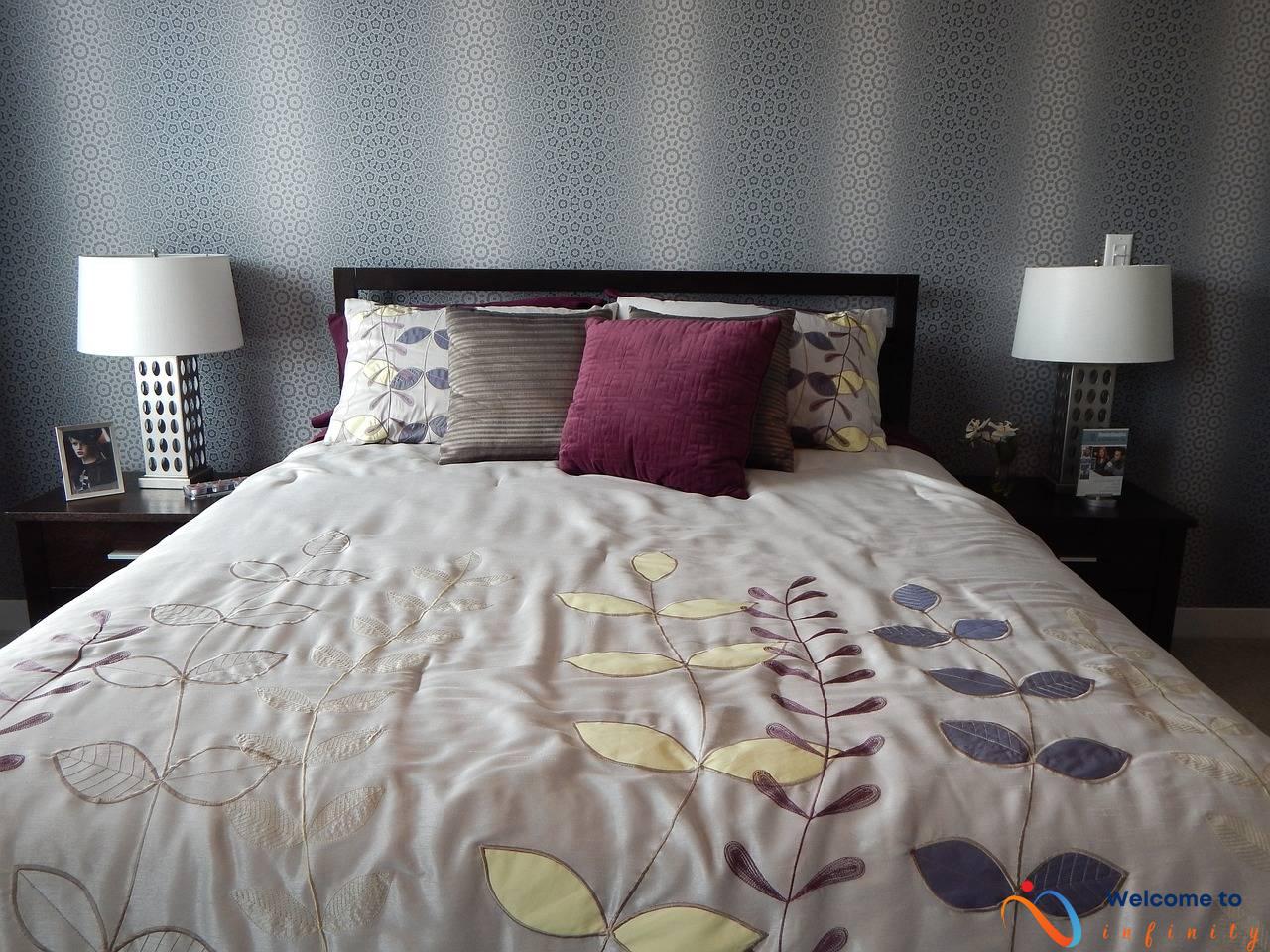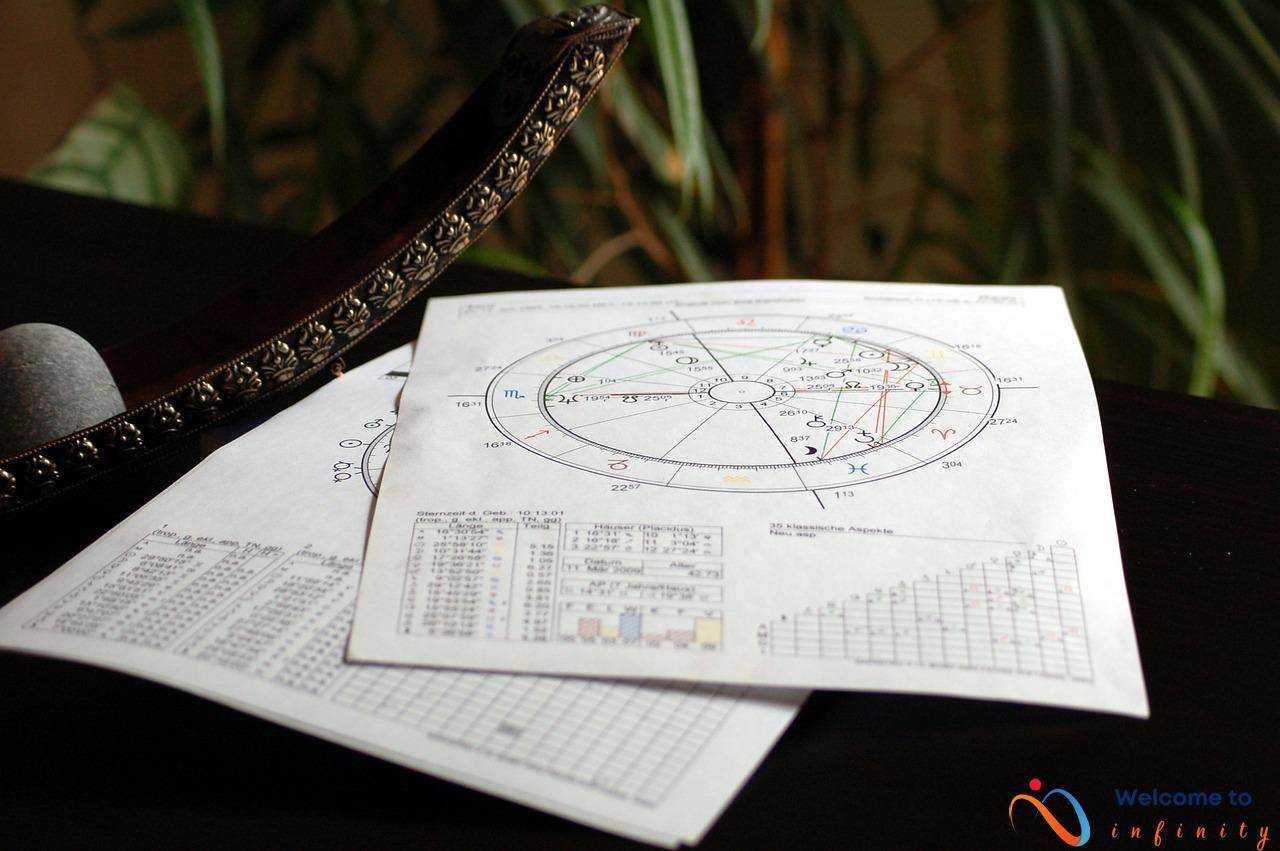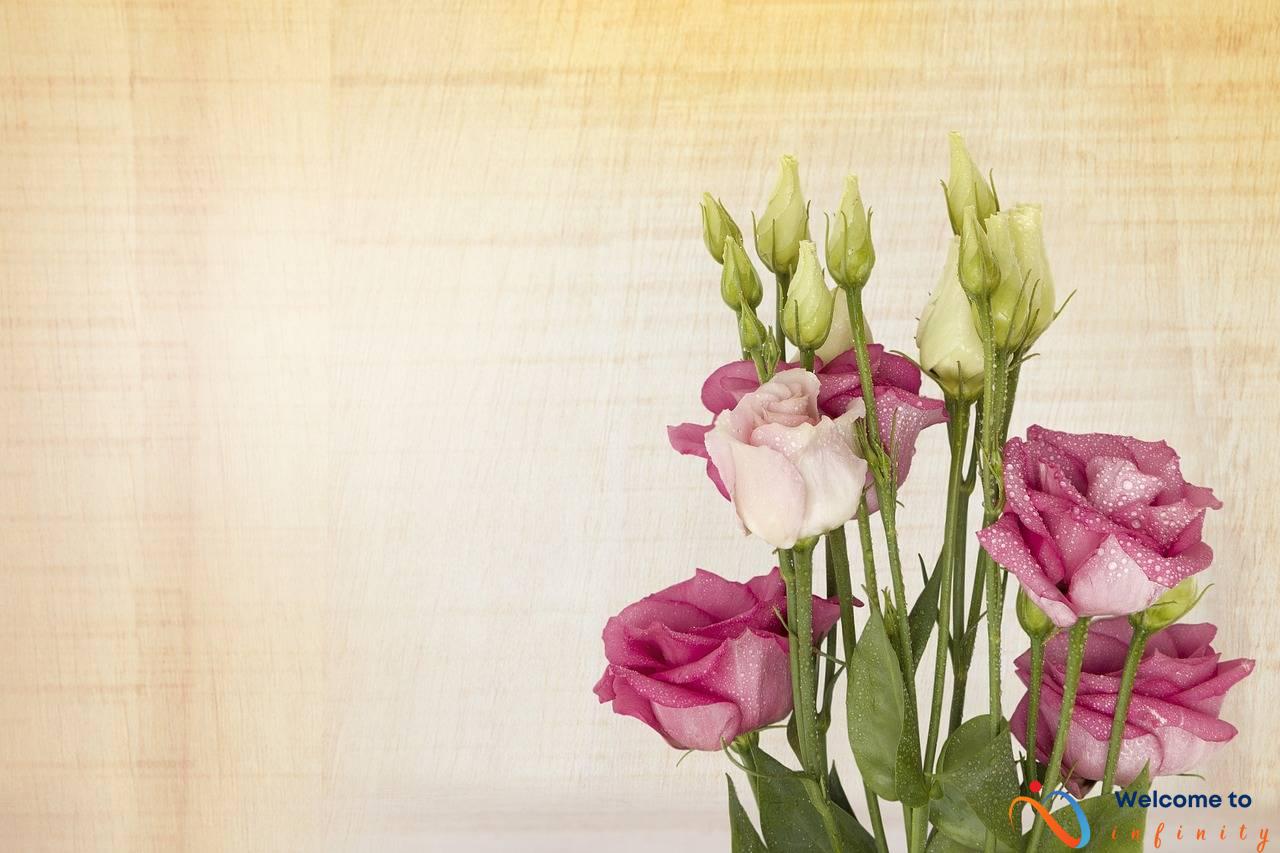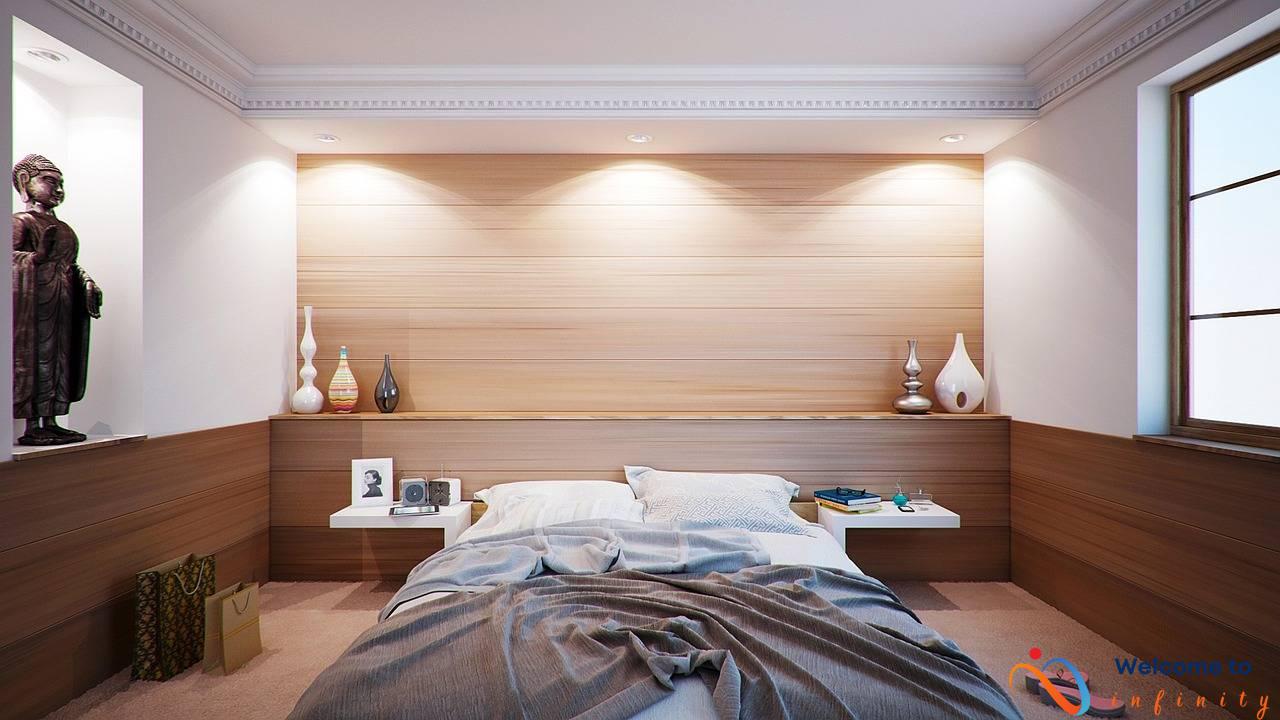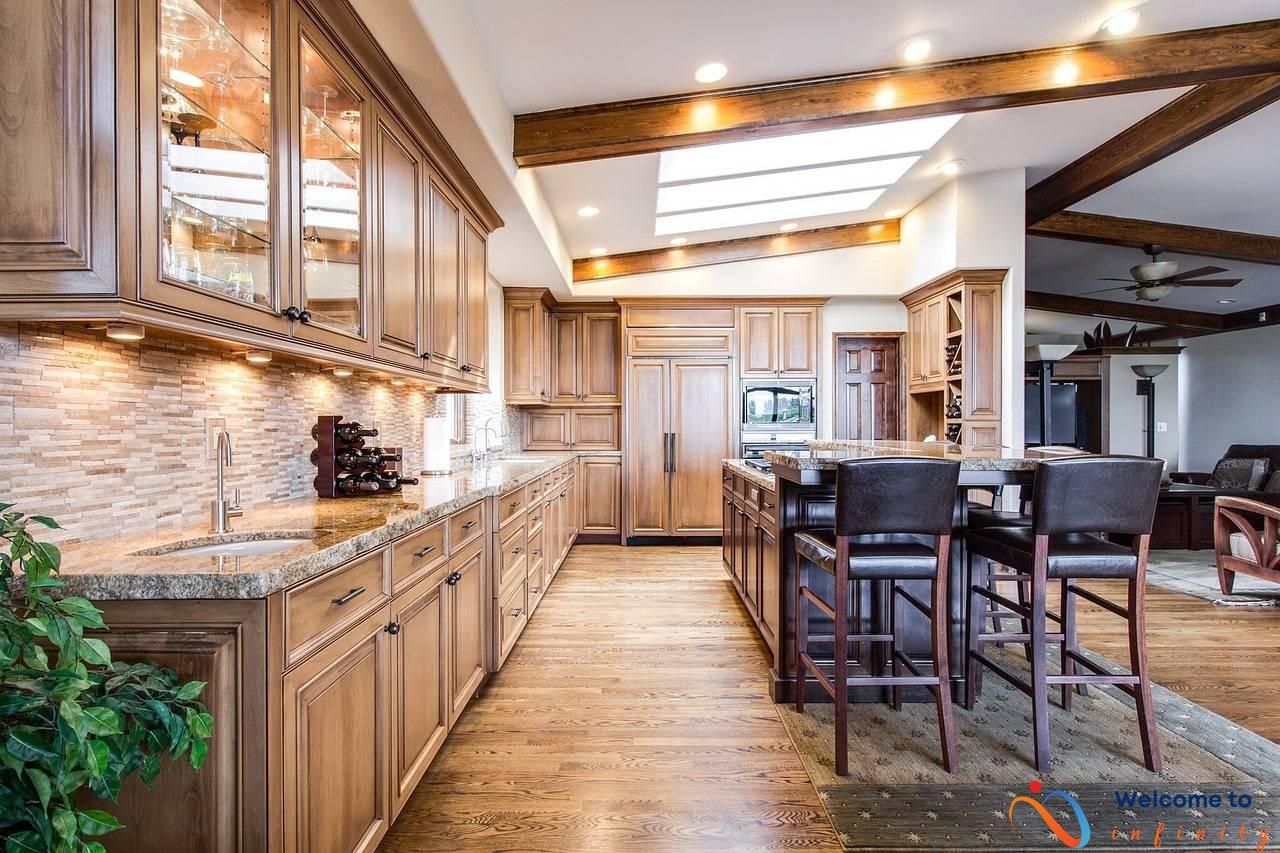If you're looking to add some flair and personality to your home decor, consider incorporating different patterns. Mixing and matching patterns can create a dynamic and personalized look that reflects your unique taste and style. However, it can be challenging to get the right balance of patterns without overwhelming the space or creating a disjointed look.
To start, it's important to understand the basics of mixing patterns. One key principle is to coordinate colors between the different patterns to create a cohesive look. You can also play with scale, mixing small and large patterns to add interest and depth to the design.
To create a harmonious vibe, it's essential to balance bold and subdued patterns. You can achieve this by choosing a dominant pattern and adding smaller, complementary patterns to enhance the overall look. Experimenting with different fabrics and textures, such as velvet and woven textiles, can also add depth and character to your patterned decor.
Don't be afraid to layer patterns, but be mindful of how they complement or clash with each other. The key is to find a balance between busy and subdued patterns.
If you're not sure where to start, consider adding some patterned throw pillows to your couch or bed, or creating an accent wall with patterned wallpaper to add texture and depth to your room. DIY projects are also a great way to add some unique, personalized touches to your decor.
By incorporating bold and beautiful patterns into your eclectic home, you can create a dynamic and personalized look that reflects your style and personality.
Understanding the Basics of Mixing Patterns
If you're looking to add some excitement and depth to your eclectic home, mixing patterns is a great way to do it. But before you jump in headfirst, it's important to understand the basics of combining patterns to create a cohesive and visually appealing look.
One of the key principles of mixing patterns is color coordination. When selecting patterns, look for similar colors to tie them together. For example, if you have a floral pattern with pink and green hues, look for a stripe or geometric pattern that also features those colors. This helps to create a harmonious color scheme that ties all the patterns together.
Another important factor to consider when mixing patterns is scale manipulation. Make sure to vary the size and scale of the patterns you choose. For example, pair a large-scale floral pattern with a smaller-scale stripe or polka dot pattern for a more balanced look. Avoid pairing patterns of the same size, as it can create a cluttered and overwhelming effect.
When it comes to pattern combinations, it's important to create a balance between busy and subdued patterns. Pairing too many busy patterns together can create a chaotic and overwhelming look, while pairing only subdued patterns can lead to a boring and uninteresting space. Strive for a mix of both for a dynamic and personalized look.
Overall, mixing patterns can be a fun and creative way to add personality and style to your home decor. Just remember to follow the basic principles of color coordination and scale manipulation and balance busy and subdued patterns for a cohesive and visually appealing look.
Creating a Cohesive Look with Different Patterns
If you're looking to incorporate a varied mix of patterns into your home decor but are worried about it looking chaotic or overwhelming, fear not! There are clear principles to follow when it comes to combining different patterns and creating a cohesive look.
The first principle is to find common ground among the patterns. This can be achieved through color coordination – such as using different patterns that share the same color palette – or by playing with the scale of the patterns – for example, pairing a large, bold pattern with a smaller, more subdued one.
Another way to balance busy and subdued patterns is to use them strategically. Busy patterns can be used as accents or statement pieces, while subtle patterns can be used as the backdrop or base to the decor. This creates a harmonious and visually interesting effect, without overwhelming the space.
When mixing patterns, it's also important to consider the type of pattern. Mixing geometric patterns with organic ones, for example, can add depth and interest to your decor. And don't forget about textures – playing with different fabrics and finishes, such as velvet and woven textiles, can add layers of depth and intrigue to your patterned decor.
Ultimately, the key to creating a cohesive look with different patterns is to experiment and have fun with it! Don't be afraid to try new combinations and see what works best for your style and space.
Choosing Fabrics and Textures:
When it comes to adding pattern to your home, fabrics and textures are key players in creating a cohesive and dynamic look. The right combination of fabric and texture can elevate your decor and take it from average to stunning. One of the best fabrics to incorporate in a patterned decor is velvet. Not only does it add a luxurious feel to any room, but it also has a natural shimmer that catches the light, making it a perfect choice for accent pieces like throw pillows or curtains.
Woven textiles are another great option for adding texture and depth to patterned decor. The natural texture of fabrics like wool, cotton, or linen adds an organic feel to any space. You can use woven textiles on larger items like area rugs or even upholstered furniture to add interest and break up more structured patterns. Mixing textures like velvet and woven textiles can create a contrast that adds visual interest to any space.
When choosing fabrics and textures for a patterned decor, consider the colors and patterns already present in the room. If you have a busy patterned wallpaper, for example, a more subdued velvety fabric might balance it out nicely. Experiment with different combinations until you find what works best for your space.
To incorporate fabrics and textures into your patterned decor, start with a neutral color palette and add pops of texture and pattern with accent pieces. Try layering different textures together, like a velvet throw pillow on top of a woven textile blanket, or mixing a neutral pattern with a bold pattern to create a visually appealing balance.
Overall, the key to incorporating fabrics and textures into your patterned decor is to experiment and have fun with it. By mixing different textures and fabrics, you can create a unique and personalized look that reflects your personal style and adds character to your home.
Layering Patterns:
Layering patterns is a great way to add depth and interest to your home decor. When combining different patterns, it is important to keep in mind the scale, color, and texture of each element. Here are some tips on how to layer patterns without creating visual chaos:
- Start with a base pattern: Pick a foundational pattern, such as a solid color or a simple stripe, to serve as the anchor for your design.
- Mix patterns of different sizes: Combine patterns of varying sizes to create a sense of balance. Larger patterns can anchor the space, while smaller patterns add visual interest.
- Coordinate colors: Choose patterns that have a similar color scheme or complementary colors. Using patterns with the same colors will help tie the look together.
- Consider texture: Mixing patterns with different textures, such as a chunky knit blanket and a silky floral pillow, can add depth and dimension to a space.
- Use neutrals: Incorporating neutral patterns, such as a beige or gray stripe, can help break up busy patterns and create a sense of calm.
Remember, when layering patterns, it is important to find a balance between bold and understated elements. By following these simple tips, you can create a cohesive and visually appealing home decor that reflects your personal style!
Bold vs. Subtle:
One of the key principles of mixing patterns in home decor is balancing bold and subtle patterns to create a visually appealing and balanced look. Combining patterns with varying scales, like a large-scale floral print with a small-scale polka dot, can give depth and character to any room.
To mix patterns successfully, it's essential to also consider color coordination. When combining bold and subtle patterns, a great tip is to choose two or three colors and repeat them throughout the space. This ensures cohesiveness despite the variety of patterns and textures.
While bold patterns can add excitement to any space, they can quickly become overwhelming if overused. A subtle, neutral pattern can act as a grounding element in a room with several bold patterns. Creating an eye-catching and dynamic balance between the two can mean the difference between visually cohesive and chaotic.
It's essential to remember that the key to mixing bold and subtle patterns is understanding how to complement one another. A great way to practice this is by incorporating patterns into smaller areas, such as throw pillows or rugs. Once you have mastered your technique, you can then confidently incorporate bolder patterns into larger areas of your home, like your living room or bedroom.
Remember, there are no hard and fast rules when it comes to combining patterns in your home decor. Trust your instincts, play around with different patterns, textures, and colors to create your unique and visually stunning space. Whether it's layering patterns, choosing fabrics and textures, or adding patterns to different rooms, experimenting is key to finding the perfect balance between bold and subtle for your home.
Adding Pattern to Different Rooms
When it comes to incorporating pattern into different rooms of your home, it's important to strike a balance between bold and subtle prints. In the living room, try introducing pattern through accent pillows or throw blankets on your couch. This can add a pop of color and texture to your space without overwhelming the room. Additionally, incorporating patterned curtains or an area rug can create a cohesive look.
In the bedroom, consider incorporating pattern through your bedding. Mixing and matching different prints, such as florals and stripes, can create a visually appealing and personalized look. If you prefer a more neutral color palette, consider incorporating patterned accent pillows or a patterned headboard to add interest.
In the kitchen, patterned backsplashes or tile work can add a unique touch to the space. Additionally, incorporating patterned dishware or kitchen linens can add a pop of color and texture to your kitchen decor.
Remember to keep your overall decor scheme in mind when incorporating pattern into different rooms. While it's important to have fun with pattern, you don't want it to clash with the overall aesthetic of your home.
DIY Patterned Decor:
If you're looking to add a personal touch to your home decor, DIY patterned decor projects are a great way to get creative and express yourself. There are endless possibilities when it comes to DIY patterned decor, from throw pillows to accent walls. Here are a few ideas to get you started.
- Choose two or three fabrics that complement each other in terms of color and scale.
- Cut the fabrics into squares or rectangles, depending on the size of your pillows. Make sure to leave some extra fabric for seams.
- Using a sewing machine or needle and thread, sew the fabric pieces together to create your pillow covers.
- Insert pillow forms and voila! You now have custom patterned throw pillows.
| Materials Needed: | Instructions: |
|---|---|
| Patterned wallpaper | Clean and prep your wall by filling in any holes or uneven areas. Measure the wall to determine how much wallpaper you'll need. |
| Wallpaper paste or adhesive | Cut the wallpaper to size, leaving some extra for trimming. Apply the paste or adhesive to the back of the wallpaper and carefully apply it to the wall. |
| Wallpaper smoothing tool or squeegee | Use the tool or squeegee to smooth out any bubbles or wrinkles in the wallpaper. Trim any excess wallpaper with a sharp blade or scissors. |
These are just a few ideas to inspire your DIY patterned decor projects. The possibilities are endless, so let your imagination run wild and create unique pieces that reflect your personal style.
Patterned Throw Pillows:
If you're looking for an easy way to add some personality and style to your living room or bedroom, making patterned throw pillows can be a great DIY project. Not only is it an affordable way to add some color and texture to your space, but it's also an opportunity to express your creativity and customize the look of your pillows to your taste.
When creating your patterned throw pillows, the first step is to choose the fabric that you want to use. Look for fabrics that have interesting patterns or textures that will complement your existing decor. Mixing patterns can be a great way to add depth and visual interest to your pillows, just be sure to choose fabrics that have complementary colors and scales.
Once you have your fabrics, the next step is to cut your fabric to the appropriate size for your pillow form. For a standard 18×18 inch pillow, you'll want to cut two pieces of fabric that are at least 19×19 inches to allow for seam allowance. Sew the pieces together, leaving an opening for stuffing. After stuffing the pillow, sew the opening shut and your pillow is ready to go!
If you want to take your patterned throw pillows to the next level, consider adding some embellishments like tassels, pom-poms, or fringe. These details can add a touch of whimsy to your pillows and help tie in other elements of your decor.
Overall, creating patterned throw pillows is a fun and easy DIY project that can help you add some personality to your home without breaking the bank. Whether you choose to stick with a classic pattern or mix and match different fabrics, the end result will undoubtedly be a beautiful and unique addition to your space.
Wallpaper Accent Wall:
Looking to enhance the visual impact of your room with patterned decor? One way to achieve that is through creating an accent wall with patterned wallpaper. It's a simple yet effective way to introduce depth and texture to a space.
First, choose a patterned wallpaper that speaks to your design aesthetic. Consider the existing color palette of your room when selecting the pattern. You can choose a wallpaper with bold pattern and colors to create a dramatic effect or a neutral one to fuse with the rest of the design.
Once you've chosen the wallpaper, it's time to get creative. You can select the wall that you want to accentuate or create the accent wall around a bold piece of furniture. For instance, you can adorn the wall behind the headboard of your bed or the wall your sofa rests on.
Before installation, take measurements of the chosen wall to determine how much wallpaper you'll need. Measure the height and width of the wall and add a few inches for error margins. This will ensure that you have enough wallpaper to cover the entire wall.
With the wallpaper ready, ensure that the wall is clean and smooth. You may need to sand or fill any holes to create an even surface. Once the wall is prepped and cleaned, apply adhesive according to the manufacturer's directions. Be careful to match up the pattern so it aligns perfectly on your wall.
After installation, step back and take in the grandeur of your patterned accent wall. If the rest of your room is in bold colors, balance with subtle decorative elements for a cohesive look. For instance, use pillows or throw blankets in a similar color scheme on your bed or sofa to reinforce the pattern scheme.
In conclusion, incorporating patterns through an accent wall can transform the look of your space. With a few tools, some creativity, and wallpaper, you can create a visually pleasing and pattern-rich space that will delight you for years to come.


